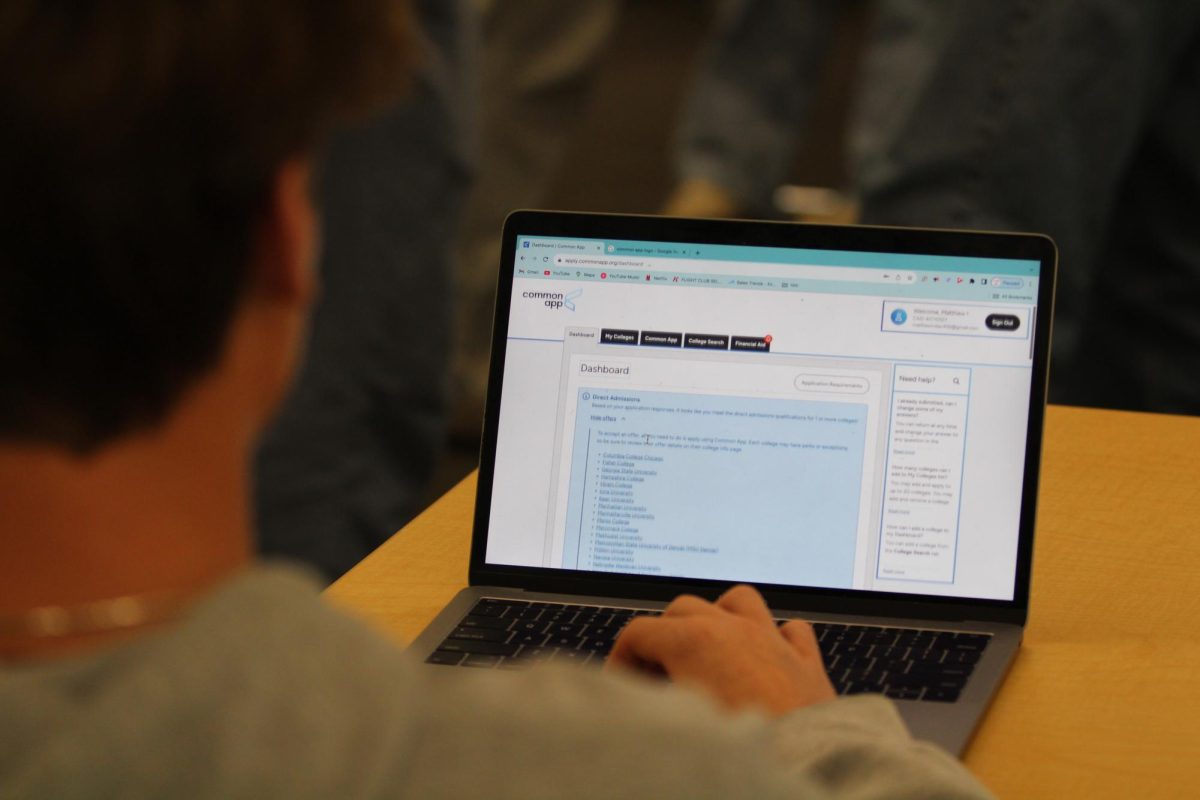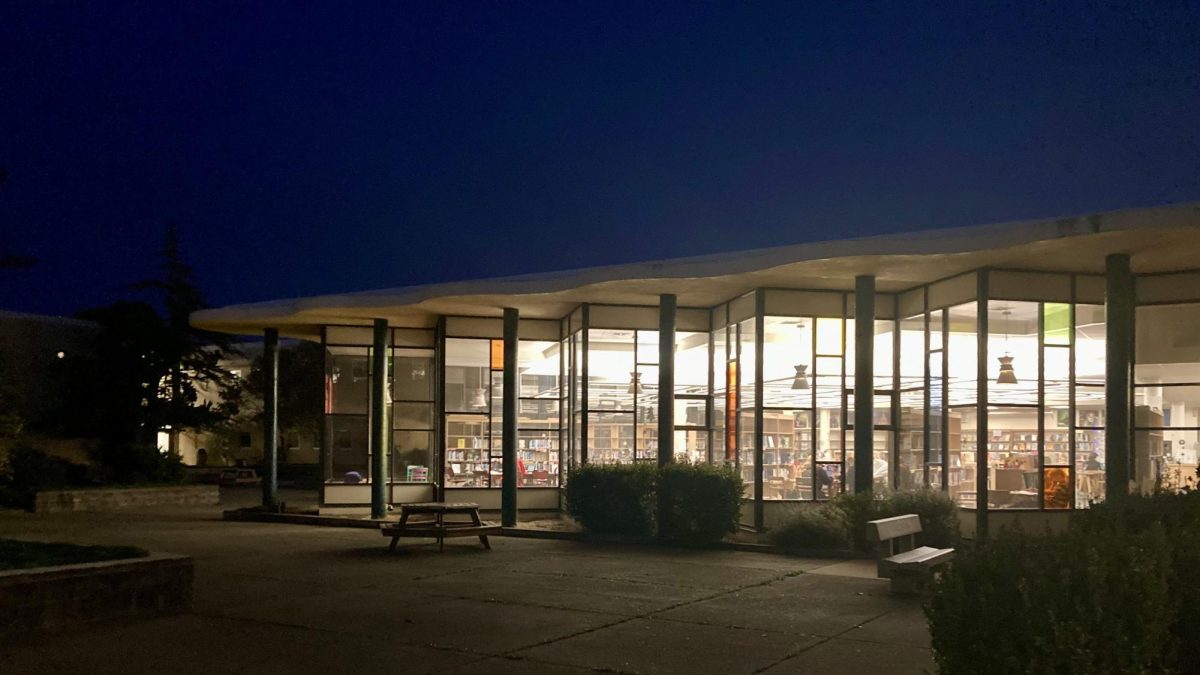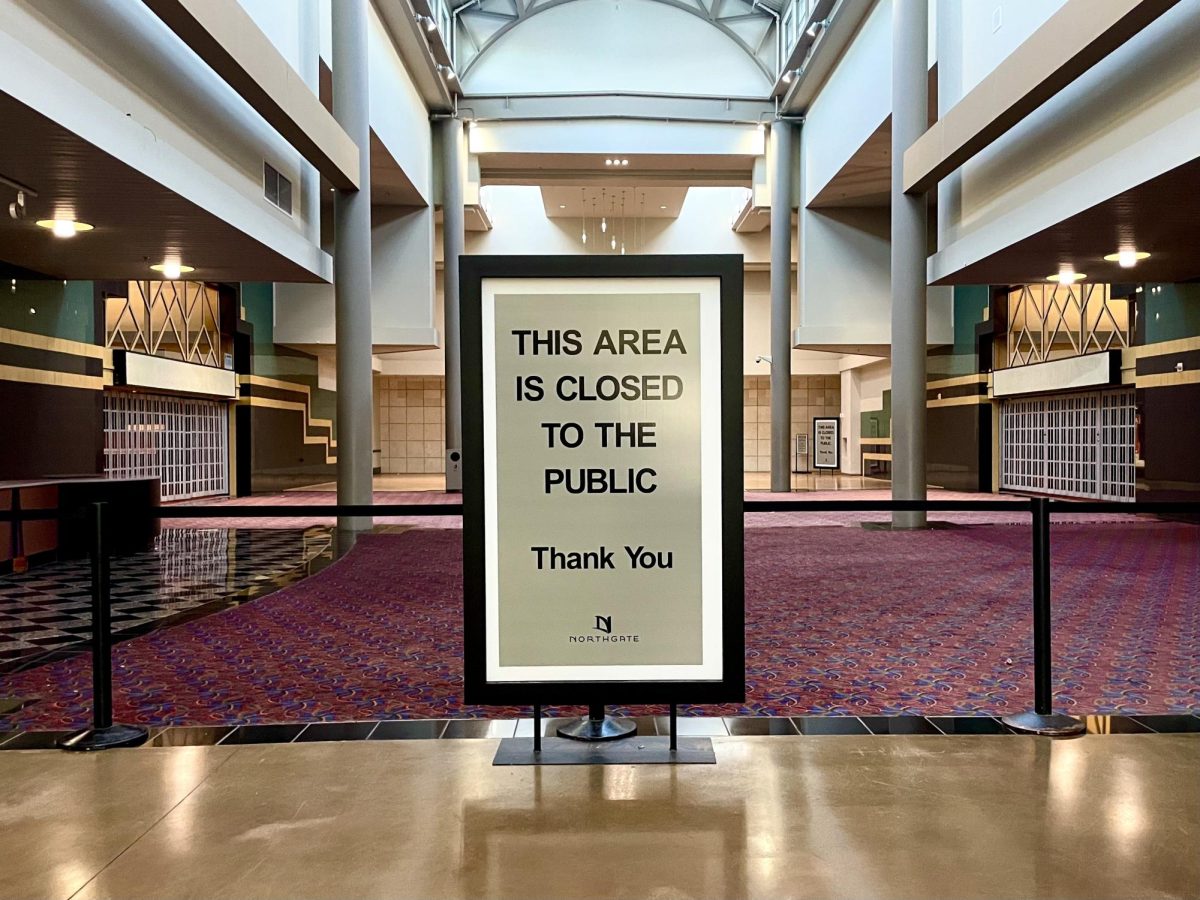As the deadline for the state-mandated closure of 70 state parks draws nearer, a recent announcement from the California Senate offers a bit of hope for wilderness lovers across the state.
The Senate passed bill AB42 gives nonprofit organizations the opportunity to fund the state parks slated for closure, therefore allowing the parks to continue operating without financial support from the state government.
On May 13, it was announced that 70 of the state’s 278 parks would be closed by July 1, 2012 to comply with budget cuts.
According to a May news release, the park closures, which would reduce the number of state parks in California by 25 percent, are required to meet a $22 million reduction over the next two years.
According to Marin Sector Superintendent Joanne Danielson, AB42 allows the State Park Department to enter an agreement in which the nonprofit group can directly manage and maintain the park.
Out of the six local parks Danielson supervises, four are scheduled to be closed by next July: Tomales Bay, Olompali, China Camp, and Samuel P. Taylor.
“Right now we’re just trying to uncover lots of options,” Danielson said. “Our mission is to still provide public access to these parks.”
Junior Ian Stowe, a member of the Redwood Mountain Biking Club, said that although he only goes a few times a month, China Camp State Park is one of his favorite places to ride.
Stowe also said that he and the team would be willing to maintain the trails themselves in order to continue riding there.
The new legislation will not be able to prevent all 70 parks in California from closing, but it may allow a portion of them to remain open part or full time.
According to a California Department of Parks and Recreation news release, the parks chosen for closure only represent eight percent of state park attendance and six percent of the revenue generated by the parks.
These figures were calculated based on tallies of monthly visitation and income submitted by every state park.
Due to the July 2012 deadline, the parks will likely begin to close gradually in the near future. After the 2012-2013 fiscal year, the plan will be reevaluated and some or all of the parks could be reopened, according to a California State Parks news release.
While the methods of closing the parks will vary, the first step in many cases is eliminating the opportunity for the public to make reservations at campgrounds. Instead, these parks will operate on a first come, first serve basis.
Samuel P. Taylor State Park recently announced that its campsites will now be run without reservations.
Sam Gowdy, a volunteer at Samuel P. Taylor Park, said that visitors have expressed sorrow and amazement at the park closures.
“One of the phrases I’ve heard the most is, ‘I’m the third generation of people in my family who have used the park,’” Gowdy said. “It gives you the historical significance of Samuel P. Taylor and how people treasure it.”
Danielson said that after determining which state parks did not meet the financial criteria, California State Parks revised the results to ensure that a diverse array of state beaches, state nature reserves, state historical parks, and state recreation areas would remain open.
Danielson said that it must be acknowledged that Gov. Jerry Brown was not solely targeting the state parks.
“Instead of just cutting in one area of state government very severely,” Danielson said, “he tried to take a portion of each part of government and say, ‘Either you find a way to raise money to run your programs, or you’re going to have your programs cut.’ It happened all across the board and in all areas of programs that rely on state funding.”





